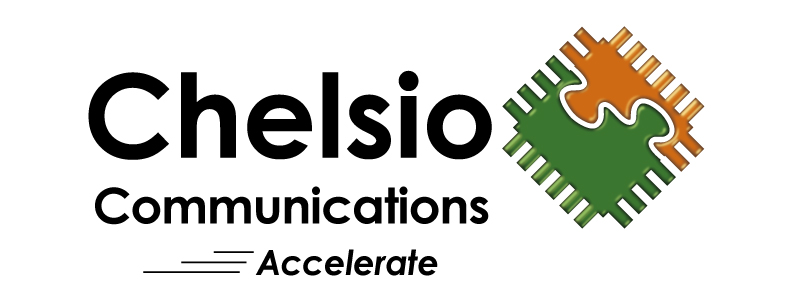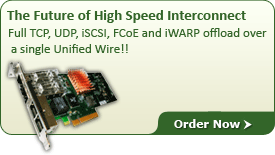| Technologies that improve the performance and features of virtualized servers have been rapidly evolving. The next step involves hypervisor‐bypass architectures such as with the Terminator Series (T4 and T5), which remove hypervisor overhead by enabling Virtual Machines (VM) to directly access I/O resources.With multiple VMs sharing a single physical NIC or HBA, isolation becomes a critical function to ensure one VM cannot interfere with another. The PCIe single‐root I/O virtualization (SR‐IOV) specification standardizes the sharing of one PCIe device by multiple VMs. All SR‐IOV devices have at least one physical function (PF) used for device management and multiple virtual functions (VFs).
In case of Terminator Series, the chip’s PCIe v2.0/v3.0 interface supports 128 VFs. This means a physical server can have up to 128 VMs sharing one Terminator Series adapter, which provides a 40Gbps unified wire for LAN and storage traffic, limited by PCIe Gen 2 x8 to 30Gbps full duplex. For backward compatibility with servers and operating environments that do not support SR‐IOV, the adapters also support 8 PFs, which will make the chip look like eight physical devices using traditional PCI multifunction enumeration. |
|

